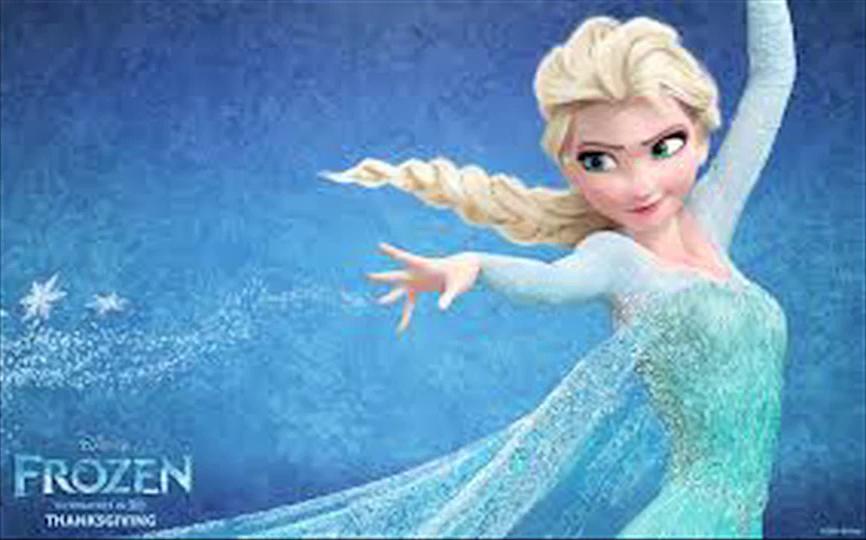I’m reporting today on a senior thesis about “the princess story” that Emma Taylor is doing under my mentorship. Given the centuries-old fascination with princesses, it’s a worthwhile project.
Emma says that her project grew out of conflicted feelings. On the one hand, she grew up fascinated by princess stories and Disney princess movies. When she reached a certain age, however, she began worrying that they were were sending the wrong message. Was she being socialized into a desire for pretty looks, pretty clothes, and a life spent under the protective gaze of a dashing Prince Charming?
Drawing on Jack Zipes, the world’s foremost expert on fairy tales and author of The Enchanted Screen: The Unknown History of Fairy-Tale Films, Emma couldn’t deny that there was something to this fear:
A socio-historical analysis of the tales shows that they were specifically used as a model for civilizing young girls, for they were to be “gentle, pious, and good, and their beauty and happiness depend on their spiritual qualities…The only defense of these poor rich girls is their virtuous behavior, patience, and tenacity.” Most importantly, these girls are “rewarded” for their good breeding and virtue by “a higher power” from which they “regain their status in life through marriage to a prince.”
The idea that the princess story brainwashes young girls has been a staple of much feminist thinking. But Emma, who thinks of herself as “a staunch feminist,” wasn’t altogether ready to admit that her desires had been colonized by patriarchy or that the pleasure she finds in princess stories is entirely negative. Reenacting a 1980s debate when women worried about censoring their own desires, Emma set out to find out whether anything could be salvaged from her princess fixation.
She was struck by how the story seems to have been changing in recent years so that even Disney is making movies that don’t altogether conform to the princess marriage plot, most notably Brave (2012) and Frozen (2013). For that matter, even some of the princess stories from Emma’s childhood seem to chart an unconventional path, such as Gail Carson Levine’s Newbery Honor book Ella Enchanted (1997) and the Drew Barrymore film Ever After (1998).
Emma found Ella Enchanted to be so powerful that she broke character and stole it from her middle school library. A book with this kind of power, she now reasons, must be doing something more than simply indoctrinating young girls into consumer capitalism.
Ella has the misfortune to be given the gift of obedience by a well-wishing fairy whose charms invariably backfire. Thus Ella must obey any command she is given. The few people who know of the curse take advantage of it, and when Ella meets Prince Charm she realizes that she cannot marry him, even though they are in love. That’s because unscrupulous people could manipulate her to get to him. Luckily her selflessness breaks the spell and they do in fact live happily after.
As Emma interprets the book, the curse under which Ella labors is the very submissiveness that feminists fear is being inculcated into young girls by fairy tales. In a sense, the book attempts to rewrite the princess story while hanging on to the princess. The same is true of Ever After, where the princess saves the prince and fights her own duel; Brave, where the princess chooses archery and independence over a prince; and Frozen, where the defining theme song “Let It Go” is an unrestrained celebration of girl power:
It’s time to see what I can do
To test the limits and break through
No right, no wrong, no rules for me I’m free.
Significantly, the movie was attacked by Fox commentators for “turning men into fools and villains.”
Going back in time, Emma has learned that even older versions of the Cinderella story aren’t as regressive as they appear to us. The Perrault version spoke to the oppression of certain downtrodden classes in the 17th century, and the 1950’s Disney version has a heroine who is far more proactive than, say, the 1937 Snow White. Since then, Disney princesses have been becoming feistier by the decade. In other words, Emma is picking up fine distinctions that can be overlooked when feminist theory is too broadly applied.
Fairy tales reflect the values of the societies that produced them so that marriage will figure as a major female drama for societies that define women in that way. Emma argues, however, that we should see the princess as an archetype for the potential within girls, not as a static social role.
Drawing on Joseph Campbell’s hero’s journey, Emma says the heroine should be seen as one embarked on a heroic quest. While that quest may once have been oriented towards marriage, that doesn’t have to remain the case. “Follow your bliss,” Campbell famously counseled people, and a blissful existence these days might include creating ice castles.


